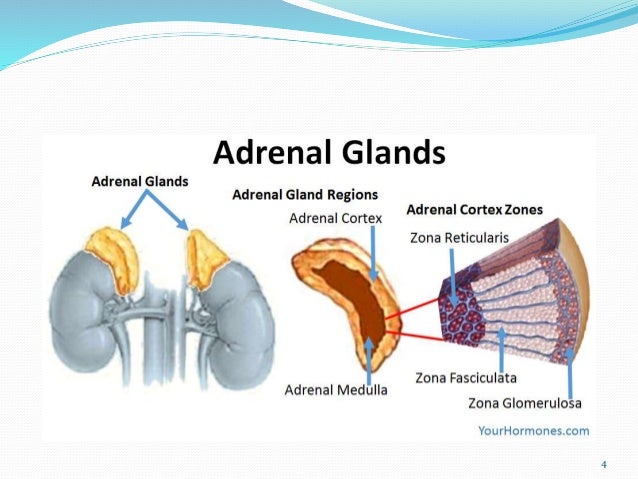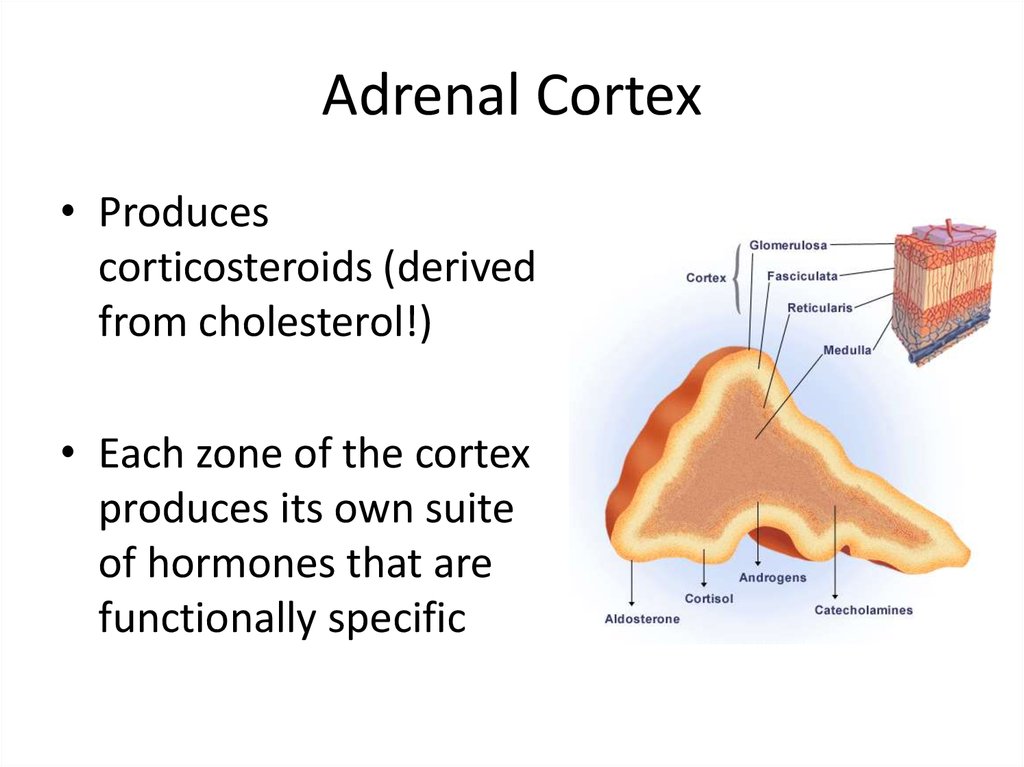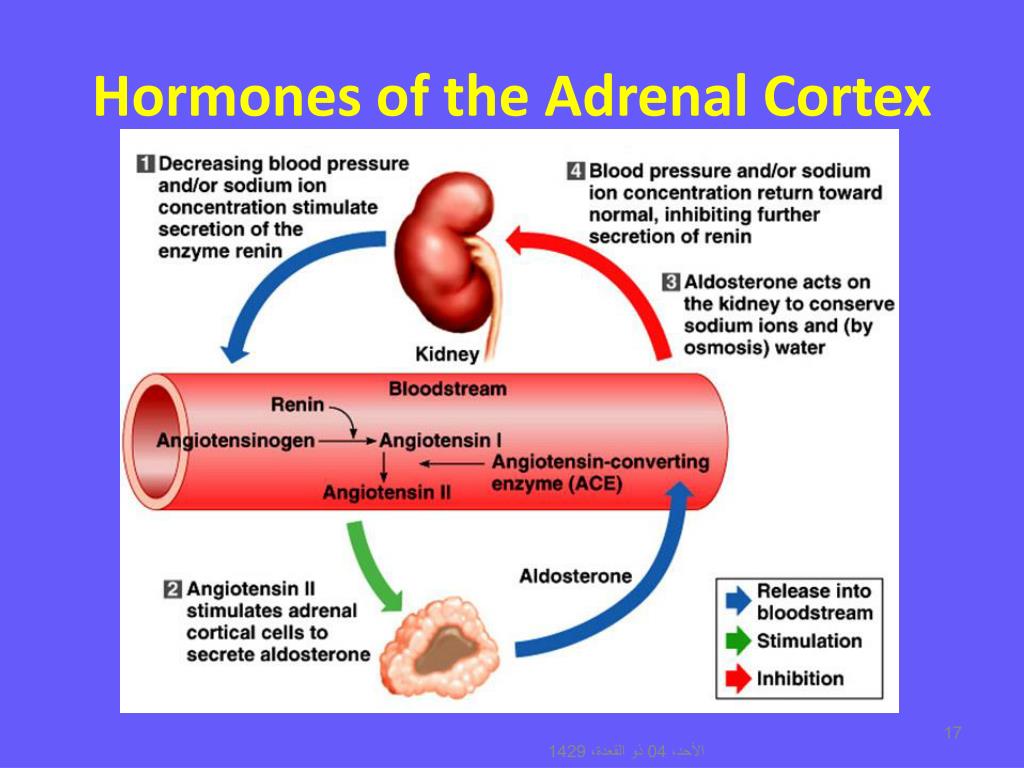
It is probably better to give supplemental corticosteroids to any patient who has received exogenous steroids in the previous year.

I routinely seek and treat these abnormalities preoperatively as well as intraoperatively and postoperatively.Ībnormal levels of glucocorticoids often cause mineralocorticoid disturbances, as well as suppressing healing and the capacity to combat infection. Mineralocorticoid abnormalities can be associated with blood volume, electrolyte, and cardiac disturbances. Excess androgens result in no unusual perioperative problems for the anesthetist. Deficiency of androgens is often accompanied by deficiency of the other hormones. Enany MD, in Anesthesia and Uncommon Diseases (Fifth Edition), 2006 SummaryĪbnormalities in adrenal cortical function can be manifested as deficiencies or excesses of androgens, mineralocorticoids, or glucocorticoids. When C/C ratios are measured in a population suspected of hyperadrenocorticism, with urine collections at home, not only is the sensitivity of the test high, but also the specificity (0.77) is comparable to that of the low-dose dexamethasone suppression test (0.73) ( Rijnberk et al., 1988). This will increase the number of false-positive test results (i.e., lower the specificity).

In this respect, it should be mentioned that easily elevated C/C ratios can be obtained when the urines are collected under stressful conditions, such as in the hospital. Second, as always, the diagnostic accuracy of a test depends also on the quality of the test procedure. When the testing is limited to dogs suspected of the disease, the population under study will have a high prevalence of disease, and as a result the predictive value of a positive test result will be high. The predictive value of a positive test result depends on the sensitivity of the test and also on the prevalence of the disease in the population studied. First, a high sensitivity and not a high specificity is essential for a screening test.

In this discussion, two points remain somewhat underexposed. Indeed as with other screening tests the specificity is not 100% ( Kaplan et al., 1995 Smiley and Peterson, 1993), and in conditions that are associated with increased adrenocortical function, such as hepatic encephalopathy ( Rothuizen et al., 1995), elevated ratios can be found.

There has been some debate on its specificity ( Feldman, 1992 Rijnberk and Teske, 1992), and recently it was stated that the test lacks specificity ( Feldman, 1995). This test is now generally regarded as a sensitive screening test for the diagnosis of hyperadrenocorticism ( Feldman, 1995). Mol, in Clinical Biochemistry of Domestic Animals (Sixth Edition), 2008 d Comment


 0 kommentar(er)
0 kommentar(er)
